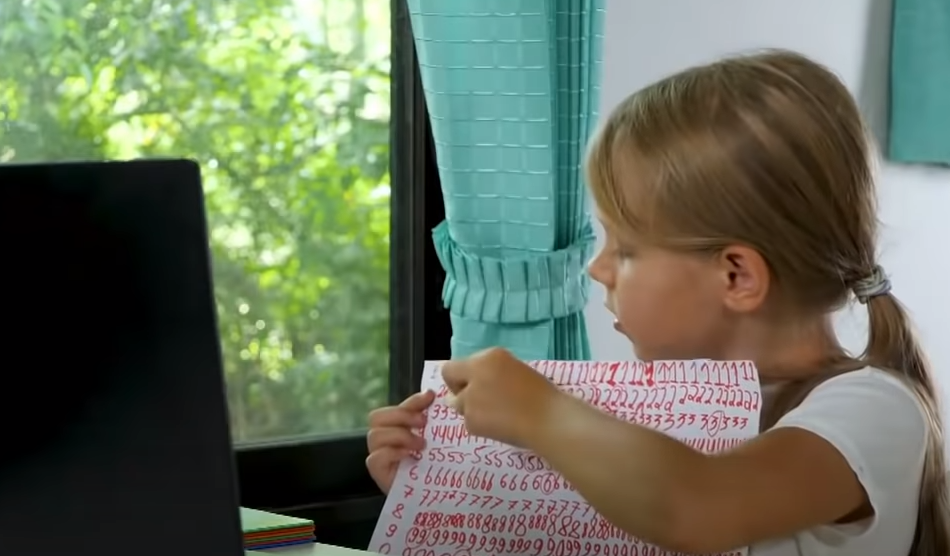The Common Sense Approach to Reopening Elementary Schools

Covid-19 has taken the world by storm. Death toll and Covid-19 case numbers flash on TV screens as people around the world worry about what the future may hold. As millions of Americans continue to get vaccinated, we need to develop an aggressive approach to get elementary age students back to in-person classes.
Elementary school provides the foundation for learning and is critical for brain development. Elementary school also contributes the building blocks for the academic career of a child, and to suggest that a child is getting a relatively similar school benefit from online school would be shameful.
Not only is it critical to be in person from an academic standpoint, it is also crucial for developing social awareness, relationship skills, stress management, self-direction, and civic identity.
As an elementary student with ADHD, I struggled enough, attempting to focus on the class material. To look at a computer screen for hours each day and be expected to actually understand the material is difficult to imagine. Childhood development experts state the following for average attention span for age group: 6 years old—12-18 minutes, 8 years old—16-24 minutes, 10 years old—20-30 minutes, and lastly 12 years old—24-36 minutes.
Also, who is to make sure that children are staying focused in class or learning the material? The U.S. Bureau of Labor declared in 2019 that 49.4% of married families have both parents working. If nobody is home, who is there to keep the student in line? This isn’t even considering the 11 million Americans that live in single-parent homes.
Emily Oster, an economist from Brown University, discovered that an extremely low infection rate existed among elementary school students. In fact, her data, which consisted of nearly 200,000 kids in 47 states revealed an infection rate of 0.13 percent among students and 0.24 among staff.
The average age of an elementary school teacher is around 43 years old. The CDC statistics state that as of January 13th, only 5,742 people in between the ages of 35-44 years old have died from only having Covid-19 and no underlying health conditions. The CDC also confirms that children have the lowest transmission rate of the virus and are the least impacted by symptoms. Lastly, if the parents have underlying health conditions and are concerned about being exposed, they can simply have their child join remotely via Zoom or watch recordings of the lectures from home. We can use the same technology we are currently using to conduct class remotely as a benefit for the at-risk community.
Not only is Covid-19 hindering the future of American children, it is also allowing for the government to continue to impose high property taxes, without the same local public-school necessities and expenses. In 2018, property taxes accounted for over 500 billion dollars in state and local tax revenue. One may ask, where is all of this money going? In a time of so much economic turmoil, taxes continue to burden millions of Americans without the same rightful compensation in school districts and local expenditures. This is just another flaw in the expansive government tax programs.
As Covid-19 continues to surge through the United States, we need to consider the bigger picture, and the long-term effects of our decisions. We need to decide to advance the development of future American’s by ensuring them a chance at a quality in-person education.




